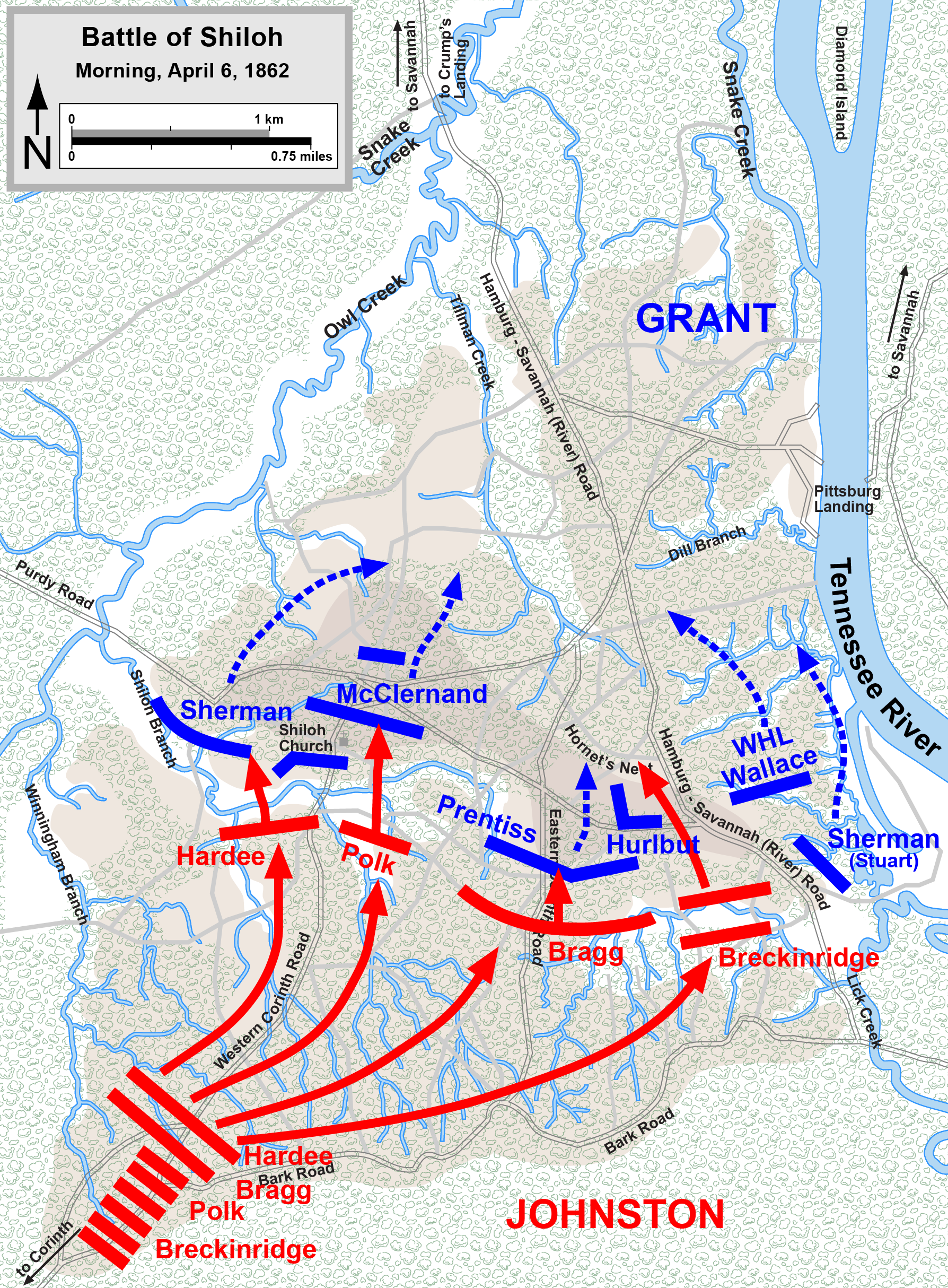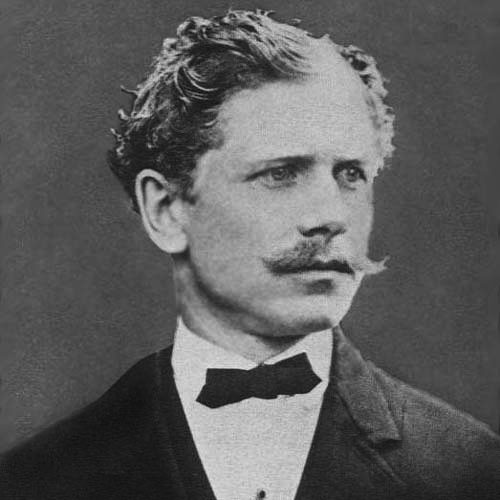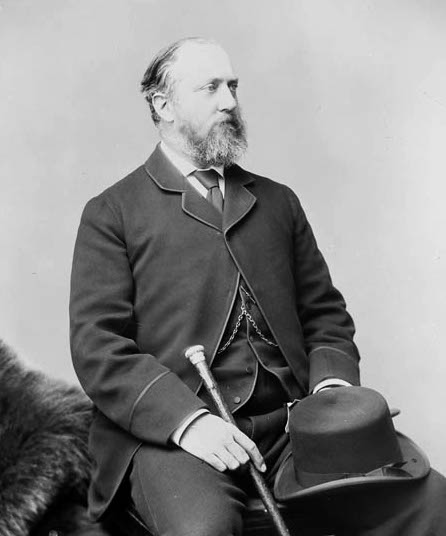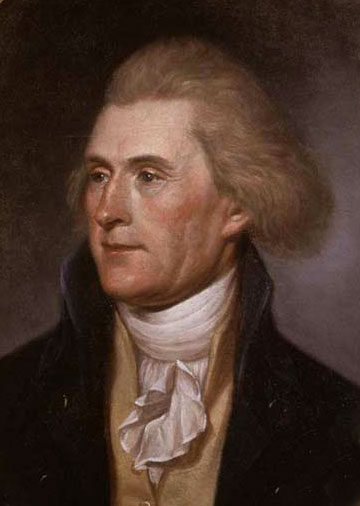 |
Foner,
Eric. A Short History of Reconstruction,
1863-1877. New York: Harper Perennial, 1990. Pp. 297.
T
|
he
story of the Civil War has captivated Americans for generations. It is perhaps
the one historical event, along with the American Revolution, that remains
foregrounded in collective memory. Most Americans tend to celebrate the grand
personalities of the era and the valor displayed on memorialized battlegrounds more
than the war’s causes and legacies. If the story of the Civil War has remained
alive through public memory, then the consequences of the war, the era of
Reconstruction, have largely been forgotten. Without the obvious framing of
pitched battles and heroic sacrifice, the sometimes noble, sometimes violent,
but always complicated story of the readmittance for Confederate states into
the Union has gotten short shrift.
Eric Foner, DeWitt Clinton Professor
of History at Columbia University, is arguably the preeminent Reconstruction
historian today. His 1990 publication, A Short History of Reconstruction, 1863-1877, is among the landmark
examinations of the post-Civil War era. The first systematic study of
Reconstruction, by William Dunning (also of Columbia University) in the early
twentieth century, condemned Reconstruction policy as a failure because of the twin
problems of the corruption of Republican rule and black political incompetence
and malfeasance. This failure was corrected, the story went, when the South was
“redeemed” by the Democratic Party (with help from the Ku Klux Klan) and blacks
were relegated to second-class citizenship. Modern scholarship has repudiated this
theory as racist and incomplete. Unlike the Dunning School, modern scholars,
especially since the 1960s, have tended "to view emancipation itself as among the most
revolutionary aspects of the period” (xiv). To that end, The Short History of Reconstruction presents four unifying themes:
1) the centrality of the black experience, 2) the ways Southern society as a
whole was remodeled, 3) the evolution of racial attitudes and patterns of race
relations and the complex interconnection of race and class in the post war
South, and 4) the emergence of the modern nation-state.
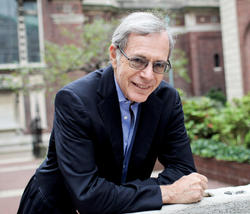 |
| Professor Eric Foner Source: https://www.college.columbia.edu |
The South, Foner indicates, was “…never a single white [community]; in the nineteenth century, the region as a whole, and each state within it, was divided into areas with sharply differing political economies” (5). While most states were led by a conservative planter elite, some non-slave owning white yeoman farmers welcomed political reform, but nearly all whites were united in their repugnance of black suffrage. This indicates why northern Republicans initial, if limited, success in integrating blacks into the political community was eventually repulsed by an overwhelming wave of white supremacy and growing northern disinterest in combating political violence.
Blacks, as Foner argues, were not
invisible or passive observers of Reconstruction. Emancipation was only the
first step in building an independent black community through the reuniting of family
members previously separated by slavery. Black men then looked to reclaim
authority in family affairs long dominated by slave-owners. Outside the family,
black-led churches became the central institution of the freed community. There
blacks could discuss issues like education and land reform that predicated
their collective vision of freedom. Lastly, political mobilization into the
Republican Party was of paramount significance. The Republican Party, Foner
argues, “…became an institution as central to the black community as the church
and the school. Long after (blacks) had been stripped of the franchise, blacks
would recall the act of voting as a defiance of white superiority and regard
‘the loss of suffrage…as the loss of freedom’” (128).
There were two reasons why the
North could intervene so comprehensively in the political and social life in
the South: the South was in shambles after the Confederacy’s collapse in 1865;
and there had been an unprecedented expansion of federal authority wrought by
the exigencies of the Civil War. “The federal budget,” Foner argues, “amounting
to $63 million in 1860, rose to well over $1 billion by 1865. At war’s end the
federal government…was the largest employer of the nation” (10). Armed with
these enhanced human and fiscal resources, the federal government worked to
rebuild the South’s economy and society through the policies of the Radical
Republicans in Congress.
The antebellum federal government
rarely waded into political issues such as citizenship and equality as they
were thought to belong to state jurisdiction. After Lincoln’s assassination,
Andrew Johnson, a southern sympathizer and avowed racist, became president. He proposed
to readmit the Confederate states as quickly as possible with little concern for
the well-being of millions of former slaves freed by the Thirteenth Amendment.
Eventually this drew the ire of northern Republicans who thought this would
mean the war had been fought in vain. Overriding Johnson’s veto power, the
Radical Republican faction of Congress worked to completely overhaul Southern
society by making it an interracial democracy. By 1877, however, the waning
power of the Radical Republicans, the resistance of Southern whites, and the
eventual indifference of Northern whites to the plight of blacks, indicated
declining support for Reconstruction. An “official” end to Reconstruction is
typically associated with the contested presidential election of 1876 between
Republican Rutherford B. Hayes and Democrat Samuel J. Tilden, the latter of
whom won the popular vote but controversially lost the electoral vote.
Eventually a deal was struck between Democrats and Republicans in Congress
where Hayes would take the presidency in exchange (among other things) for the removal
of all U.S. forces from the South, and with them the protection of Republican state
governments and the return of the overtly racist Democratic Party to local and
state power.
“Despite all its limitations,”
Foner maintains, “Congressional Reconstruction was indeed a radical departure,
a stunning and unprecedented experiment in interracial democracy” (122). Radical
Reconstruction, that combined effort by white and black Americans in the South
to give African-Americans political power and economic security, retreated in
significance as most Americans became more concerned with economics than social
equality. The end of slavery, it was argued, was all the federal government owed to blacks.
Economic concerns, for all races, ought to be left to the market. To this end,
the Democratic Party consolidated control by limiting access to political power
on strict class-based criteria. “[The] return to [southern] rule by
‘intelligent property-holders’,” Foner writes, “meant the exclusion of many
whites from government, while implicitly denying blacks any role in the South’s
public affairs except to vote for their social betters” (182). Crippled by the rampant
violence perpetrated by white supremacist groups such as the Ku Klux Klan, the
once “noble” experiment of Reconstruction morphed into the rigid apartheid of
Jim Crow inequality.
Foner argues this process played out
against a backdrop of increasingly vocal classical liberals during the 1870s. Classical
liberalism was predicated on limited state intervention, since the rampant
corruption of the time, especially in the South, was presumed to be the result
of excess governmental interference in the marketplace. Without land and labor
reform, blacks would be left powerless and dependent, and most southern whites
agreed this was “natural.” “Nearly all [these classical liberal] reformers,”
Foner observes, “had been early advocates of emancipation and black suffrage…[yet]
if all Radical [Republicans] agreed the state should embrace the principle of
civil and political equality, liberals increasingly insisted it should do
little else” (210).
The realization of full citizenship
and economic access and opportunity was denied to blacks at the close of
Reconstruction, and in that respect, Foner concludes, the process can only be
judged a failure. It was a failure not because Republicans erroneously or vindictively elevated
blacks—and working class whites—in the South (as Dunning had argued), but
rather because the counter-revolution of exclusionary “home-rule” by the
Democratic Party set into motion decades of racial inequality. Nonetheless there were some aspects of accomplishment. “The tide of change” Foner notes,
“rose and then receded, but it left behind an altered landscape. The freedman’s
political and civil equality proved transitory, but the autonomous black family
and a network of religious and social institutions survived the end of
Reconstruction” (254). By giving agency to and centralizing the experiences of
blacks alongside whites in the
narrative of Reconstruction, Foner’s work yields a comprehensive history of the
revolutionary and pivotal time following the Civil War. His work remains
critically important because the legacy of Reconstruction, with its central
challenge of interracial democracy, still resonates today.







